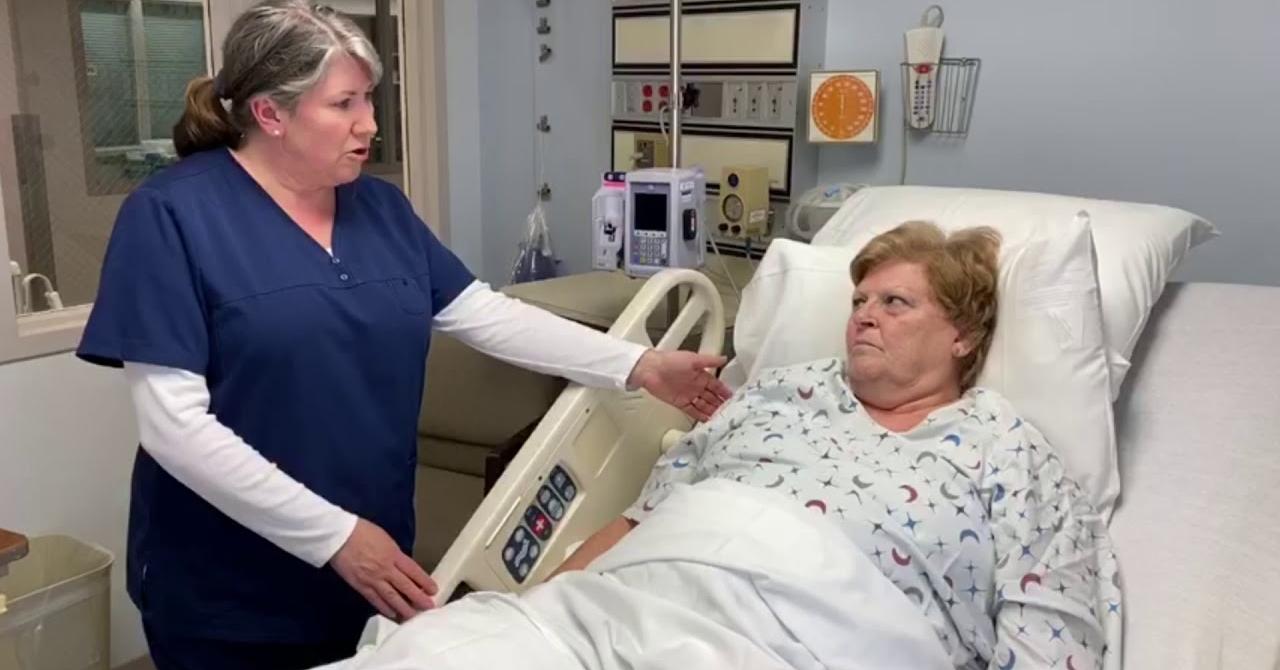Are you curious to know what is limb ataxia? You have come to the right place as I am going to tell you everything about limb ataxia in a very simple explanation. Without further discussion let’s begin to know what is limb ataxia?
Our bodies are remarkable machines, capable of performing intricate and coordinated movements with ease. However, when the brain and nervous system encounter disruptions, even the simplest actions can become challenging. Limb ataxia is one such neurological condition that impacts a person’s ability to control their limb movements accurately. In this blog, we will explore what limb ataxia is, its causes, symptoms, diagnosis, and the available treatment options.
What Is Limb Ataxia?
Limb ataxia is a neurological disorder that affects a person’s ability to control the movement and coordination of their limbs accurately. It primarily impacts the arms and legs, making tasks like reaching for objects, walking, or even basic hand-eye coordination more difficult. This condition is often caused by damage to the cerebellum, a region of the brain responsible for regulating motor control and coordination.
Key Aspects Of Limb Ataxia:
- Impaired Coordination: Limb ataxia results in a lack of coordination, leading to unsteady and inaccurate movements of the arms and legs.
- Cerebellar Damage: It is typically associated with damage to the cerebellum, which can be caused by various factors, including stroke, head trauma, or neurodegenerative conditions.
- Sensory Dysfunction: Limb ataxia can also be linked to sensory dysfunction, as the brain struggles to interpret sensory information accurately.
Causes Of Limb Ataxia
Limb ataxia can be caused by a variety of factors, including:
- Cerebellar Damage: Injuries, infections, tumors, or neurodegenerative diseases that affect the cerebellum can result in limb ataxia.
- Genetic Factors: Some individuals may inherit a genetic predisposition to limb ataxia, as certain genetic mutations can lead to the condition.
- Toxic Exposure: Exposure to toxins, such as excessive alcohol or certain medications, can damage the cerebellum and cause limb ataxia.
- Multiple Sclerosis: This autoimmune disease can affect the central nervous system, leading to limb ataxia.
Symptoms Of Limb Ataxia
Limb ataxia manifests in various symptoms, including:
- Uncoordinated Movements: Difficulty performing tasks that require precise coordination, such as writing, buttoning a shirt, or picking up small objects.
- Instability: Individuals with limb ataxia may have difficulty maintaining balance and may appear unsteady when walking.
- Jerky Movements: Their movements may appear jerky and uncontrolled.
- Speech Impairment: In some cases, limb ataxia can also affect speech, leading to slurred or garbled speech patterns.
Get Information About Advantages On Mainadvantages.
Diagnosis And Treatment
Diagnosing limb ataxia typically involves a combination of medical history, physical examinations, and neurological tests. These may include:
- MRI or CT scans: Imaging tests to assess the brain and identify any structural abnormalities or damage.
- Blood Tests: To rule out any potential underlying causes, such as vitamin deficiencies.
- Neurological Evaluation: A comprehensive neurological assessment to evaluate coordination, balance, and sensory function.
Treatment for limb ataxia depends on its underlying cause. In cases where ataxia is a symptom of another condition, treating the underlying condition may improve or resolve the ataxia. In other cases, treatment may focus on managing symptoms and improving the individual’s quality of life.
Treatment Options May Include:
- Physical Therapy: A vital component of ataxia management, physical therapy can help improve coordination and strength.
- Occupational Therapy: To learn adaptive techniques for daily tasks.
- Medications: Some medications can help manage symptoms such as tremors.
- Assistive Devices: Devices like canes, walkers, or braces can provide support and stability.
Conclusion
Limb ataxia is a complex neurological condition that can significantly impact an individual’s daily life. While there may be no cure for ataxia, treatments and therapies can help manage its symptoms and improve a person’s overall quality of life. Early diagnosis and tailored interventions play a crucial role in addressing the challenges posed by limb ataxia, empowering individuals to regain a level of independence and continue their daily activities with greater ease.
FAQ
What Is Limb Ataxia In Nihss?
Limb Ataxia: This item is aimed at finding evidence of a unilateral. cerebellar lesion. Test with eyes open. In case of visual defect, ensure testing is done in intact visual field.
What Does Limb Ataxia Absent Mean?
The fingernose- finger and heel-shin tests are performed on both sides, and ataxia is scored only if present out of proportion to weakness. Ataxia is absent in the patient who cannot understand or is paralyzed.
What Is The Cause Of Limb Ataxia?
Ataxia usually results from damage to the part of the brain that controls muscle coordination (cerebellum) or its connections. Many conditions can cause ataxia, including alcohol misuse, stroke, tumor, brain degeneration, multiple sclerosis, certain medications and genetic disorders.
How Do You Check For Limb Ataxia?
Limb Ataxia–check finger-nose-finger ; heel-shin; and score only if out of proportion to paralysis 0=No ataxia (or aphasic, hemiplegic) 1=ataxia in upper or lower extremity 2= ataxia in upper AND lower extremity X=unable to assess due to amputation, fusion, fracture, etc.
I Have Covered All The Following Queries And Topics In The Above Article
Limb Ataxia Example
What Is Ataxia
Limb Ataxia Score 2
Types Of Ataxia
Limb Ataxia Score 1
Limb Ataxia Nih Scoring
Cerebellar Ataxia
Truncal Ataxia
What Is Limb Ataxia
What are the symptoms of limb ataxia
